Humans have been documenting their hunts for thousands of years. We find cave paintings from many hundreds of years ago adorned with images of bighorn sheep, elk and deer. The hunting tradition must have fostered fond memories for those ancient hunters, much like they do for us today. Photos, videos, taxidermy, and found objects can all serve as great reminders and help us remember some of our hunts more vividly – and in today’s world of social media and internet connectivity – we can share those digital reminders instantly with friends, family, and strangers across the globe.
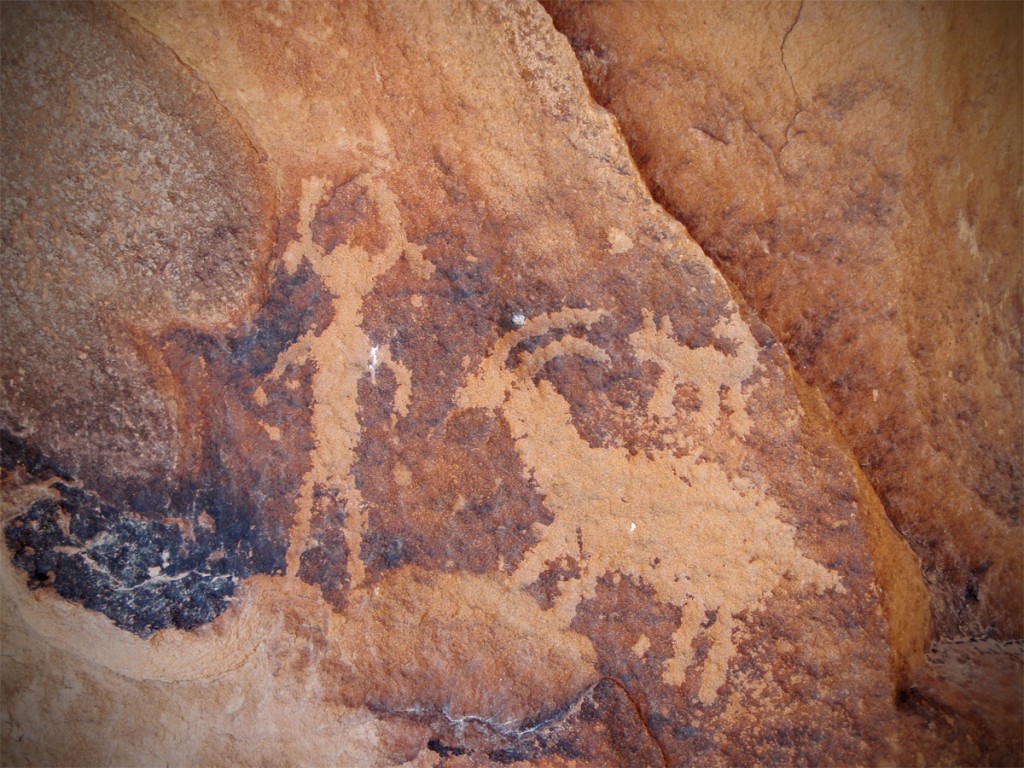
Today we have the ability to capture and view our photos and video instantly. Even our cell phones take better pictures than we could take on an expensive camera 20 years ago. Through this article, and subsequent articles, we’ll investigate how we can better document our hunts through photography and videography. While our posterity may not be interested in keeping around a bunch of our old dead animals, hopefully they’ll enjoy viewing our photos, videos, and reading our stories.
We’ll cover the following topics over the next few weeks, so subscribe to our inbox delivery and receive an email when we publish a new post.
Equipment:
We’re fortunate today to have literally hundreds of camera options, from micro cameras, to large cameras with expensive lenses –many of which will take fantastic still AND video images. It’s really up to you in regards to which make and model you like best. Multiple cameras are a must, and depending on your style of hunting you’ll want options to both zoom to far distances, and quickly grab action shots when needed. Take a look at the Canon G20, Canon G30, Sony FDR-AX33, and the Sony HDR-CX900. There are many other cameras that capture HD video and provide a decent zoom lense as well. Of course, everyone needs an action camera as well.
The leader in point of view (POV) action cameras is GoPro. Their latest offering is the GoPro Hero 4 Black which is one of the best cameras for most types of hunting. Remember these POV cameras lack zoom, but are fantastic to get close range, time lapse, reaction shots, and filler material for your hunting videos. Most of these cameras will also take very good still photos. If you’re looking for something on a smaller budget (under $150) look at the GoPro Hero, or the action cameras from Contour.
Cameras, however, are only part of the equipment equation. Tripods, pan heads, audio equipment, sliders, drones, battery chargers, etc. all play an important part in producing smooth and quality video and photos.
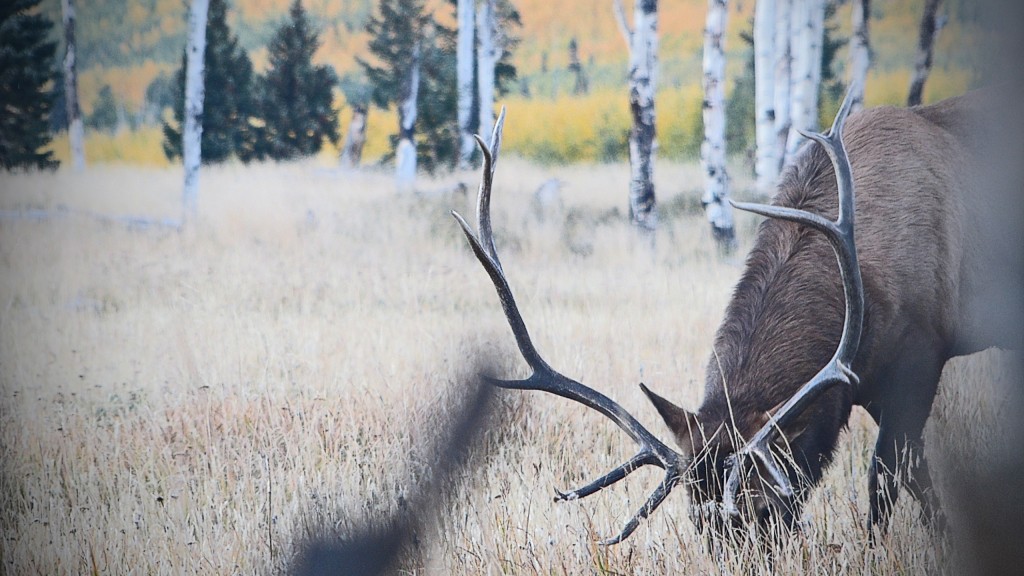
Tactics:
There’s a lot of ways to film and hunt, but realize that whether you’re filming yourself, or bringing along a cameraman — hunting and capturing it all on film makes the hunt much harder. A few years back, I was assigned to be cameraman on my father’s Wyoming bighorn sheep hunt. We purchased a new HD camcorder and thought we had it all figured out. We had no way to recharge equipment and thought we’d wait until the kill shot to start capturing footage. When it came down to the moment of the kill, I set up the shot. The wind was blowing and I started filming the sheep. I stopped after a few minutes to wait for Dad to be ready for his shot. He whispered over the wind and asked if I was ready. I wasn’t and replied that I wasn’t, but he didn’t hear me. He shot, the sheep jumped — but they were out of frame. I missed the shot he wanted most. While we had a great time, it would have been better if I would have nailed that shot on video.
Some types of hunting are much easier to film, like shooting from a tree stand or blind. Spot and stalk hunting is much more challenging to film. In the end, it is worth it.
Plan your Story:
Almost every production you see on television is created using a script and shot lists. While you don’t know the specifics of how a hunt will end, you can typically anticipate a scenario or two that will happen during the hunt. I find that creating a list of photos or video shots before the hunt happens will help you tell your story the way you want, whether or not the hunt ends with an animal on the ground. By planning what shots you want to take, it’s much easier to have the content you needed for the final edit of your film, blog, or journal entry.
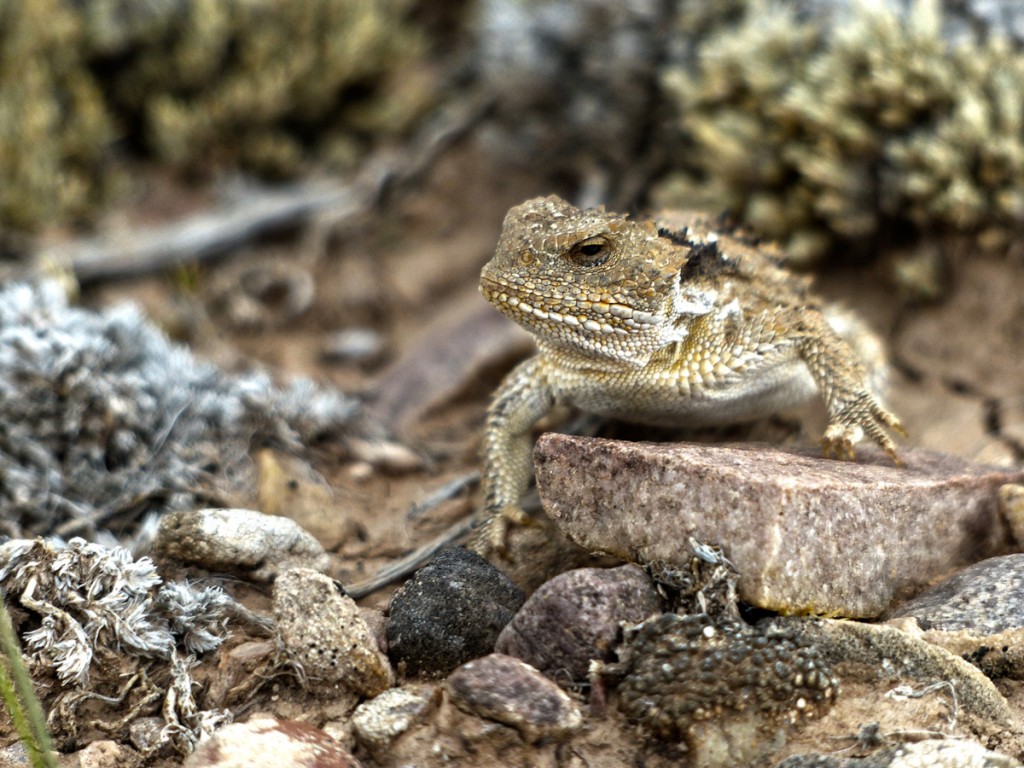
Shoot, Shoot, Shoot:
I’ve never wished I had taken fewer photos or less video during a hunt. The bad stuff can all be sorted and deleted later. I find that keeping my camera very accessible allows me to take a lot more photos. If it’s tucked away in your pack, you’re much less likely to get it out when you see something. Sometimes the best photos come at unexpected times, and of unexpected objects. That being said — take the time to set up your shots as well. When taking harvest (trophy shots) photos. Taking a few moments to clean and reposition the animal can create a much more respectful image. So keep your camera out, and be sure to share your stories, photos, and videos with us!
Have Fun!
The point of documenting a hunt is to remember it fondly. It’s easy to lose patience at times when trying to film or perfectly photograph a hunt. Don’t let it get in the way of having a good hunt. If you’re there to harvest an animal, or spend time with friends/family — don’t let your camera get in the way of why you’re really out there.
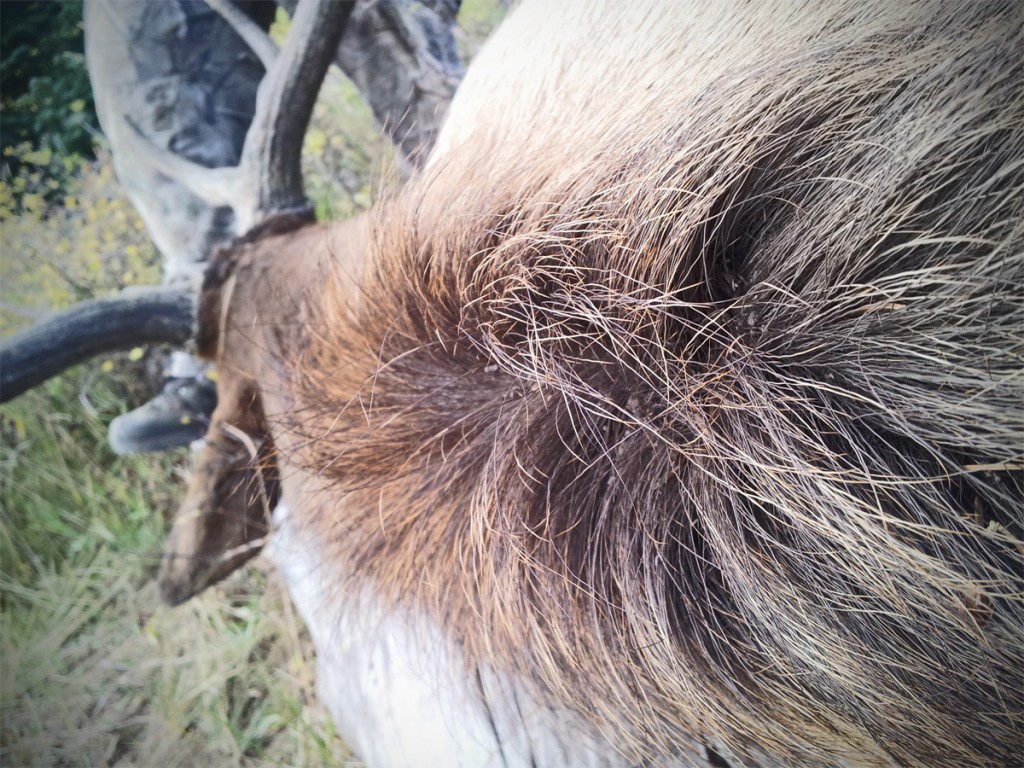
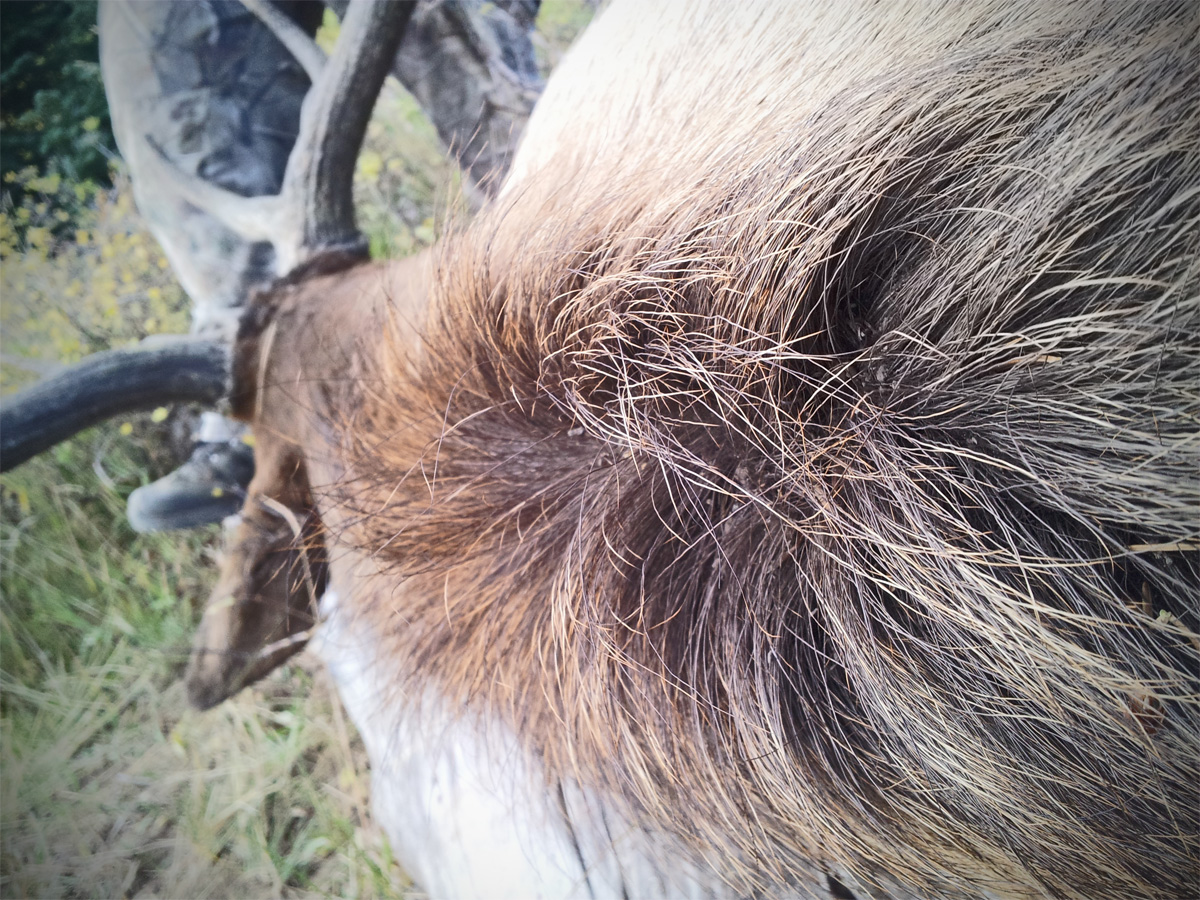


Leave a Reply